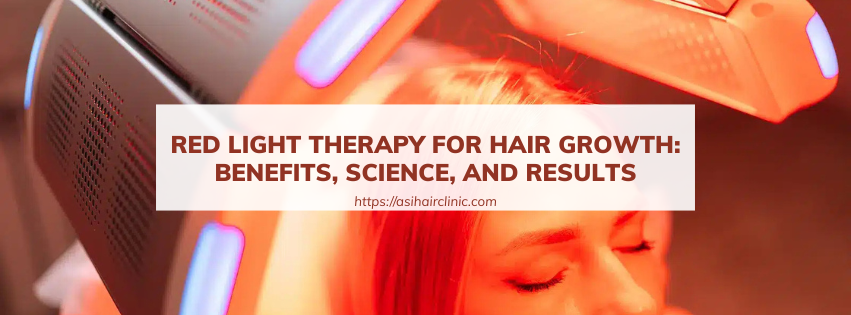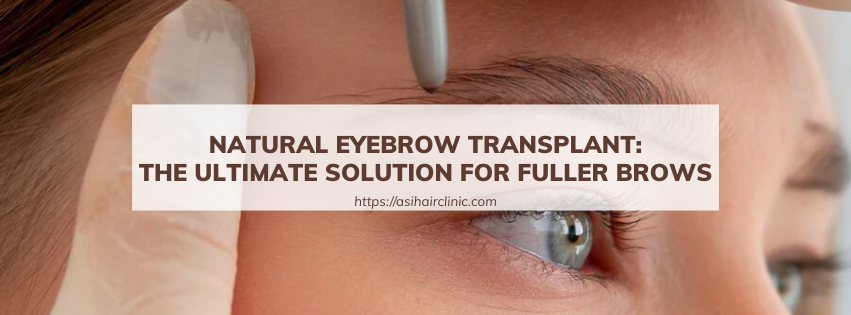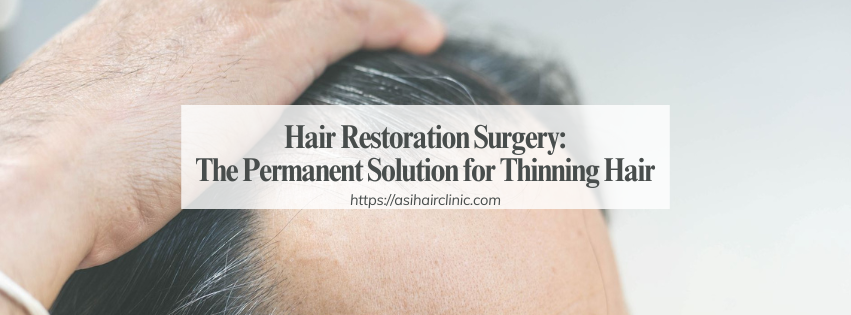Is Robotic Hair Transplant Better?
Robotic hair transplant has emerged as a cutting-edge solution in the field of hair restoration. This advanced technique utilizes robotic precision to extract and implant hair follicles, ensuring consistency and accuracy that surpasses manual methods. One of the key advantages is the minimization of human error, which results in a higher survival rate for transplanted follicles and more natural-looking results. Additionally, the procedure often involves less discomfort and quicker recovery times for patients. As technology continues to evolve, many are considering whether robotic hair transplants might indeed be a superior choice for achieving optimal hair restoration outcomes.
1. Understanding the Fundamentals: Manual vs. Robotic Hair Transplant
Both manual and robotic hair transplantation aim to achieve the same goal: permanently relocating healthy hair follicles from the donor area (typically the back and sides of the head) to the recipient area (the balding or thinning region). The process involves meticulously extracting individual hair follicles using a specialized tool and implanting them into tiny incisions made in the recipient area.
1.1. The Manual Hair Transplant Approach
- Process: Performed by a skilled surgeon, manual hair transplant requires meticulous manual extraction of hair follicles using a punch tool. Each follicle is carefully placed into the recipient area, ensuring proper angle and depth for optimal growth. This hands-on approach allows the surgeon to make real-time adjustments based on the patient's unique hair characteristics and desired outcome.
- Pros: The manual technique boasts a proven track record with established techniques that have been refined over decades. Surgeons can exercise greater flexibility in follicular unit extraction, adapting their methods to suit individual patient needs. Moreover, the skill and experience of the surgeon play a significant role in determining the results, allowing for personalized care and attention.
- Cons: However, the manual method can be time-consuming, especially for larger areas requiring treatment. It also necessitates a highly skilled surgeon with meticulous attention to detail, as there is always a risk of human error. This could lead to uneven hair growth or potential damage to the follicles during extraction, which may affect the overall success of the procedure.
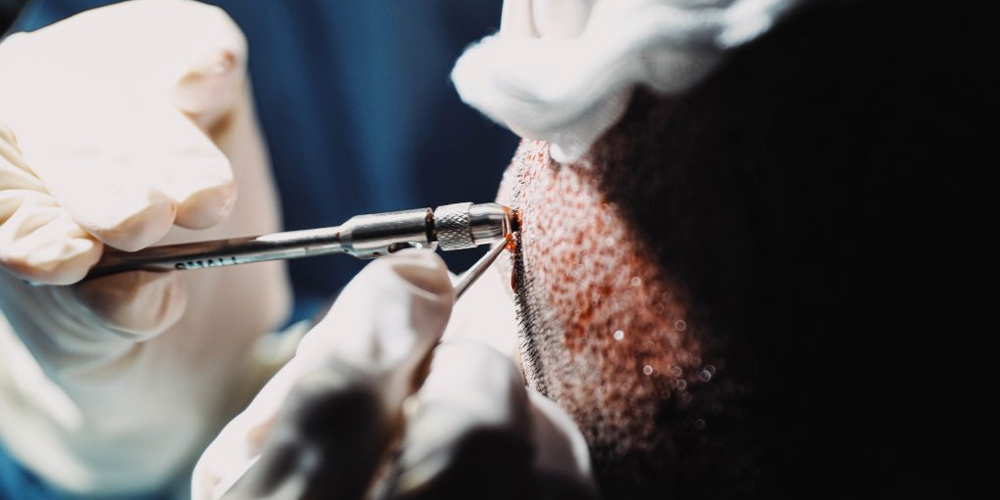
1.2. The Robotic Hair Transplant Approach
- Process: Robotic hair transplantation utilizes a robotic arm equipped with advanced imaging and software to identify and extract hair follicles. The robotic arm performs the extraction with precision and accuracy, minimizing damage to the surrounding tissue. This automated process aims to enhance the efficiency of the procedure while maintaining high standards of quality.
- Pros: One of the primary advantages of robotic hair transplantation is the high degree of precision and consistency it offers. The robotic system can potentially reduce the time required for the procedure, leading to quicker recovery times for patients. Additionally, the minimized risk of human error and reduced likelihood of follicle damage are appealing features for many seeking hair restoration.
- Cons: Despite its advantages, robotic hair transplantation comes with a higher cost due to the sophisticated technology and specialized equipment involved. This cost barrier might limit accessibility for certain demographics. Furthermore, the reliance on software algorithms can restrict flexibility in follicular unit extraction, making it less suitable for complex cases that require individualized attention.
2. Delving Deeper into the Comparative Advantages
2.1. Precision and Accuracy
- Robotic Hair Transplant: The robotic arm uses advanced algorithms and imaging technology to meticulously identify and extract individual hair follicles with pinpoint accuracy. This level of precision minimizes damage to surrounding tissue, which can lead to a more natural-looking hair restoration result. Patients often report satisfaction with the uniformity and density achieved through robotic procedures.
- Manual Hair Transplant: While a skilled surgeon can achieve significant precision, human error remains a possibility. The surgeon's skill and experience play a crucial role in determining the final outcome. A talented surgeon can adapt their technique on-the-fly, adjusting angles and placements based on the specific needs of the patient. However, this adaptability can sometimes come at the cost of consistency across multiple sessions.
2.2. Speed and Efficiency
- Robotic Hair Transplant: The automated nature of robotic hair transplantation can significantly reduce the time required for the procedure. This efficiency can lead to quicker recovery times for patients, allowing them to return to their daily activities sooner. The robotic system can perform extractions at a faster rate than manual methods, making it an attractive option for individuals with busy lifestyles.
- Manual Hair Transplant: Conversely, the manual extraction process can be quite time-consuming, especially for larger transplant areas. The duration of the procedure depends on the area to be treated and the surgeon's pace. While some patients may appreciate the thoroughness of the manual approach, others may find the extended time commitment challenging.
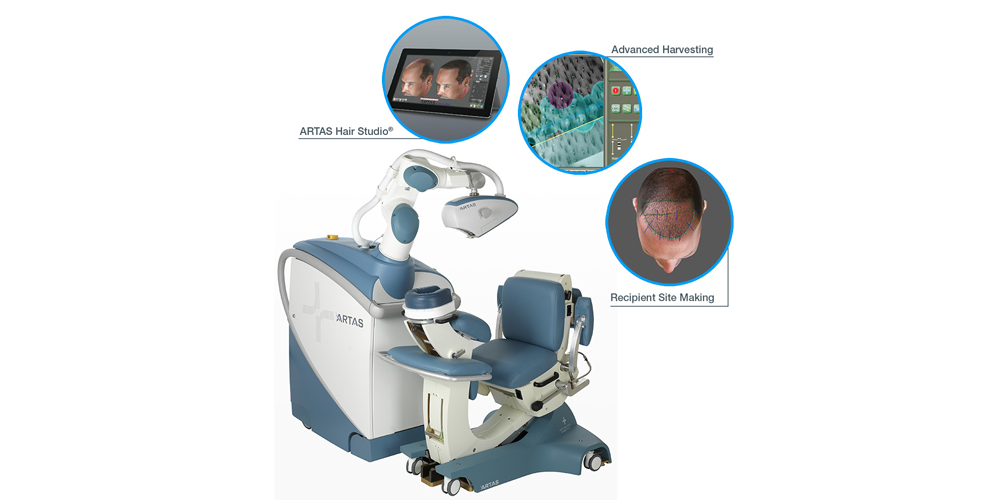
2.3. Minimizing Damage and Follicle Survival
- Robotic Hair Transplant: Due to its high precision, the robotic arm can potentially minimize damage to surrounding tissue and follicles during extraction. This increased accuracy enhances the likelihood of follicle survival and healthy hair growth post-procedure. Many patients who undergo robotic hair transplants report higher satisfaction rates regarding the health and vitality of their transplanted hair.
- Manual Hair Transplant: While skilled surgeons aim to minimize damage, human error can lead to follicle damage and reduced growth potential. Nevertheless, the success rate for manual hair transplantation remains significantly high, attributed to experienced surgeons who understand the intricacies of hair anatomy. Many patients have successfully restored their hair through manual techniques, showcasing the effectiveness of traditional methods.
2.4. Cost and Accessibility
- Robotic Hair Transplant: The sophisticated technology and specialized equipment involved in robotic hair transplantation typically come at a higher cost compared to traditional manual hair transplantation. This cost barrier might limit accessibility to certain demographics, particularly those on tighter budgets. Patients must weigh the benefits of robotic procedures against the financial implications.
- Manual Hair Transplant: In contrast, the cost of manual hair transplantation can vary based on the surgeon's experience and the size of the procedure. Generally, it is more affordable than robotic hair transplantation, making it a more accessible option for many individuals. Patients seeking effective hair restoration without breaking the bank may find manual techniques appealing.
2.5. Flexibility and Customization
- Robotic Hair Transplant: Robotic hair transplantation relies heavily on pre-programmed algorithms, limiting flexibility in follicle selection and placement. This rigidity may not be suitable for complex cases requiring individualized attention. Patients with unique hair loss patterns or specific aesthetic preferences may find the lack of customization concerning.
- Manual Hair Transplant: Manual hair transplant offers greater flexibility in follicle selection and placement, allowing for customized solutions tailored to individual needs and hair characteristics. Surgeons can manipulate the extraction technique and implantation strategy as required, providing a more personalized experience. This adaptability can lead to superior aesthetic outcomes, particularly for patients with intricate hair loss patterns.

3. It's Not Just About the Technology: The Importance of Skill and Experience
While the technology plays a significant role, it's crucial to remember that both manual and robotic hair transplantation require skilled professionals to achieve optimal results.
3.1. For Manual Hair Transplantation
The surgeon must possess meticulous attention to detail, a deep understanding of hair anatomy, and the ability to extract and implant follicles precisely. Their expertise directly influences the success of the procedure and the satisfaction of the patient. Experienced surgeons can navigate challenges that arise during the process, ensuring the best possible outcomes.
3.2. For Robotic Hair Transplantation
Skilled technicians are essential for operating and maintaining the robotic equipment, as well as managing post-operative care. While the robotic system enhances precision, human oversight is still necessary to ensure everything functions correctly. Technicians must be well-trained to handle any issues that may arise during the procedure, underscoring the importance of human expertise in conjunction with technology.
4. Beyond Technological Advancement: Setting Realistic Expectations
Regardless of the chosen technique, it's critical to set realistic expectations regarding hair transplantation.
4.1. Not a Cure for Baldness
Hair transplantation is a procedure that relocates existing healthy hair follicles, effectively replacing the lost hair. However, it does not address underlying causes of hair loss like hormonal imbalances or genetic predisposition. Patients should understand that while hair transplantation can restore hair density, it is not a cure-all solution.
4.2. Gradual Results
It typically takes several months for the transplanted hair to grow and produce a noticeable difference in hair density. Patients must be patient and allow time for the hair to establish itself in the new location. Understanding the timeline of hair growth can help manage expectations and reduce anxiety during the waiting period.
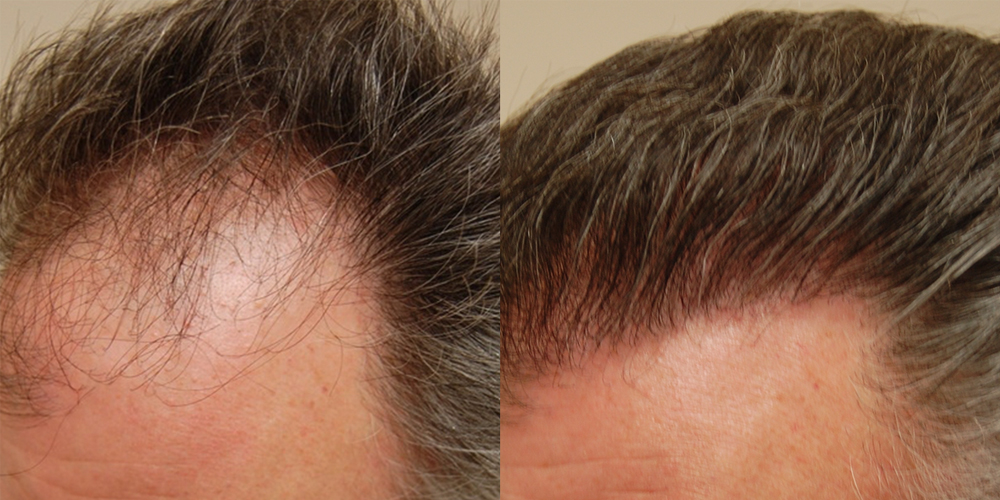
4.3. Ongoing Maintenance
Following a hair transplant, continued maintenance is necessary to preserve the transplanted hair. This might include using specific shampoos, hair styling techniques, and lifestyle changes to promote scalp health. Patients should be prepared for ongoing care to ensure the longevity of their results and maintain the health of their hair.
5. The Future of Hair Transplantation: A Hybrid Approach?
As the field of hair transplantation continues to evolve, there is an emerging trend towards a hybrid approach. This involves utilizing the advantages of both manual and robotic techniques to provide a more personalized and effective hair restoration experience.
5.1. Robotic Assistance for Extraction
One option involves utilizing robotic assistance for follicle extraction, while the surgeon handles the final placement and overall aesthetic outcome. This combination allows for the precision of robotic technology while retaining the flexibility and customization offered by skilled surgeons. Patients may benefit from the best of both worlds, achieving optimal results.
5.2. Integrating Advanced Imaging
Incorporating advanced imaging technologies like 3D hair analysis and micro-mapping can enhance precision and inform the implantation strategy, regardless of the chosen technique. These innovations can provide valuable insights into hair characteristics and patterns, allowing for more informed decision-making during the procedure.
Conclusion
The choice between manual and robotic hair transplantation ultimately depends on individual factors such as budget, hair loss severity, and personal preferences. For patients seeking maximum precision and efficiency, robotic hair transplantation might be a good option, especially if the patient has a larger area to be treated. However, the higher cost and limited customization may be a concern. For patients prioritizing affordability and flexibility, manual hair transplantation might be a suitable choice, especially if the hair loss pattern is complex or requires customized treatment strategies. It's crucial to consult with a qualified and experienced surgeon to evaluate individual needs and determine the ideal approach.
In conclusion, while robotic hair transplantation holds significant promise, it's not necessarily better than manual hair transplantation. It's important to approach hair restoration with informed expectations, realistic goals, and a thorough understanding of both technologies. By consulting with Aesthetic Hair Restoration and weighing individual needs and preferences, patients can embark on their journey towards hair restoration with greater confidence and knowledge.
#robotichairtransplant #hairtransplantation #AestheticHairRestoration
LATEST POSTS



